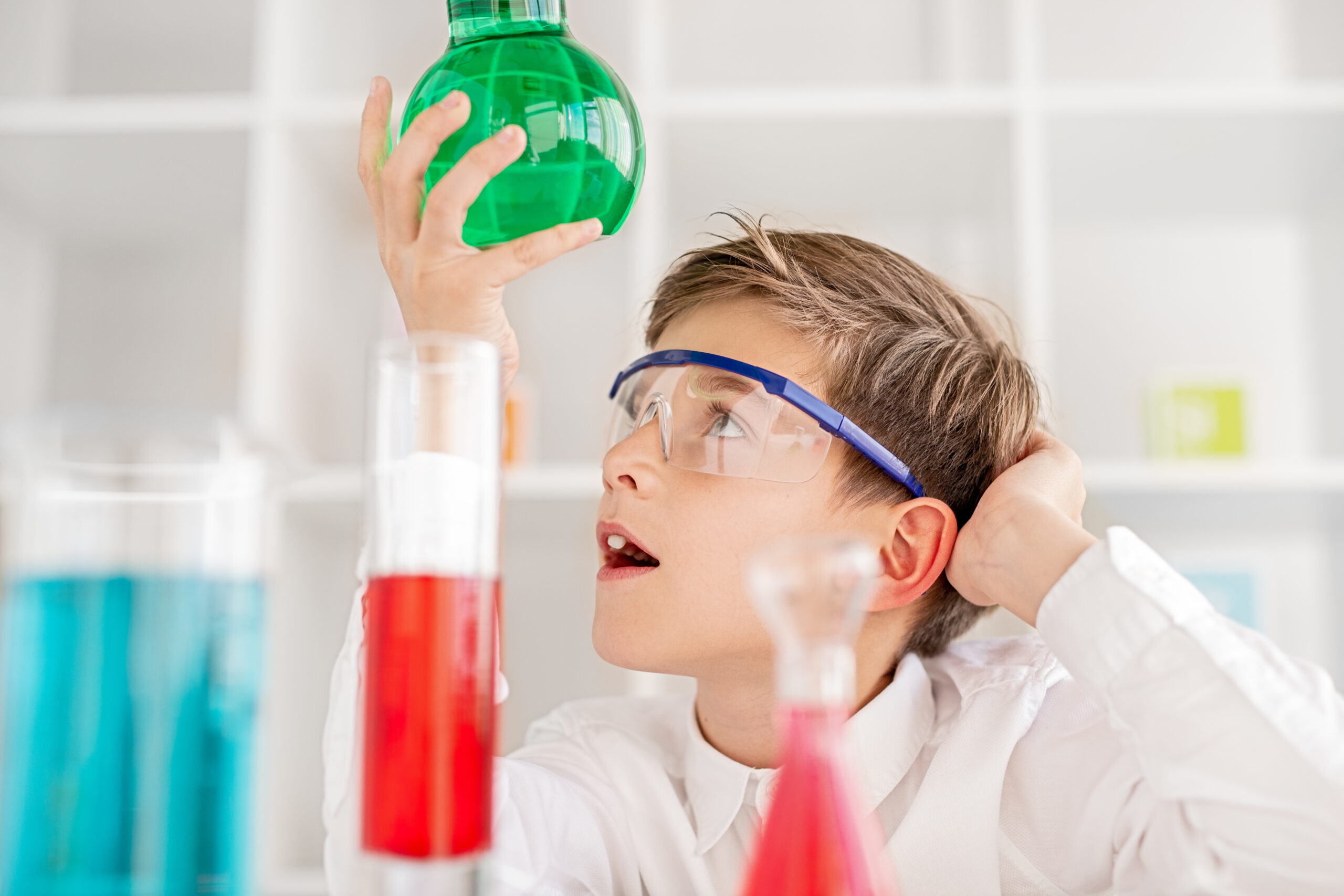Uncategorized
Prioritizing Eye Safety For Children
Children Need Eye Protection Too
For many parents, their first thought for eye safety comes from watching their children play sports. However, most don’t realize that eye injuries often occur during regular activities and playtime.
According to Children’s Health, pediatric ocular trauma or eye trauma in children accounts for 7% of all physical injuries and between 10 and 15% of all eye diseases in kids. (Children’s Health)
For children, the most common eye injuries include those such as:
- Falling on stairs, from beds, onto toys, or into furniture
- Contact from everyday household products, cleaners, paints, detergents, or glues
- Misuse of toys, eating & writing utensils, or household tools
- Automobile accidents
These incidents and other common hazards prove that eye safety should be a priority, regardless of age. So what does this mean as far as protection? There are options. Our first thought is safety eyewear, but protection can mean more than just physical items. It can mean properly managing the environment in which your children play, using common sense, and considering eye safety for both indoor and outdoor scenarios.
Safety Indoors for Children
Much like having a new puppy, it is important to childproof your home when you have a child. Childproofing is necessary to protect their eyes.
Here are a few tips to keep your children’s eyes protected while they are at home:
- Use baby gates to prevent any falls down or up the stairs on both ends of the staircase. Also, make sure your handrail is sturdy enough to assist children while they are using the stairs.
- If your furniture has sharp corners, pad the edges. This can include tables, fireplaces, cabinets, etc.
- Make sure all your cabinets have drawer locks in the kitchen and bathrooms to ensure your child doesn’t find something that could harm their skin or eyes.
- Store all personal items, such as cosmetics, toiletries, kitchen utensils, or desk supplies, out of reach from small children.
- Keep children away from all chemicals, medications, or sprays. Store those items securely away from their reach.
If you have older children, keep them protected with a pair of safety glasses or goggles if they are helping you with projects or chores around the house. Set a good example and wear them yourself as well.
Toy Safety for Children
While toys are great to keep children occupied and their imaginations running, they must be safe for your children. Here are a few tips to ensure your child’s safety:
- Read the instructions and warnings on all new toys so you are made aware of what could happen.
- Steer clear of toys with sharp edges, spikes, rods, or rigid points.
- Separate toys made for older children and kept away from younger children.
While older children are more aware of what could happen while playing, it is never a bad idea to have safety eyewear just in case. This is especially true if they are playing with fireworks, BB guns, or any other ammunition.
Outdoor Safety for Children
UV Protection
While your children are playing outside, make sure their eyes are protected from the sun’s powerful UV rays. A child’s eyes are more transparent than those of an adult’s, which means more UV radiation reaches the light-sensitive layer at the back of the eye. If your child is exposed to too much sunlight, it can lead to permanent damage in the eyes or even cancer. To prevent damage or diseases in the long run, start a good habit early and have your children wear child-sized sunglasses. Here are some tips to follow when selecting the right pair of eyewear:
- Make sure they block 100% of both UVA and UVB radiation.
- Choose gray, green, or brown lenses.
- Ensure the lenses have no imperfections or distortions.
Sports
One of the best things you can get your children involved in is outdoor sports. Unfortunately, some of the sports your children will play have a higher risk for eye injury. These sports include baseball, softball, basketball, fencing, hockey, mountain biking, paintball, and racquetball.
Prevent eye injuries and invest in the proper protective eyewear for your child. Also, it is smart to educate your child about eye protection and encourage them to use their protective sports eyewear while also setting a good example yourself and wearing them, too.
Think Ahead For Eye Safety & Care
As your children age, make sure you are assessing their eye safety needs yearly. Take them for eye exams regularly, protect their eyes with eyewear, and keep their eye safety a priority using all the suggested tips above. When you teach them about eye safety, they will develop lifelong habits to protect themselves as well.
If you are looking to purchase a pair of safety eyewear, shop the selection at SafeVision. We have a pair for every activity you might need them.

